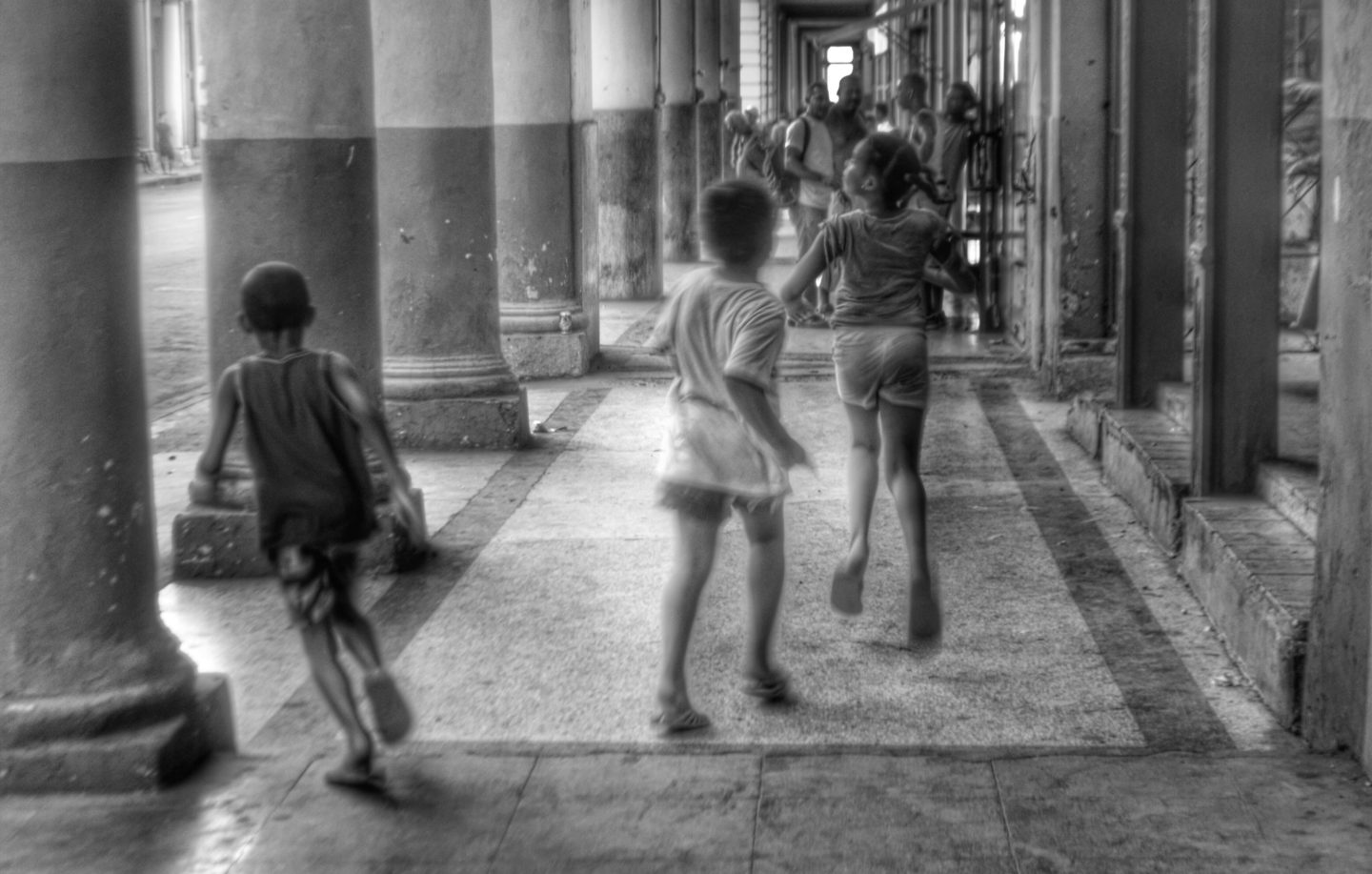Stanford scholars pursue a complex region’s preservation, development and understanding
No prestigious university is doing what Stanford is doing. … I am so proud of that. I have been a direct witness of the enormous effort that the center has done these past 50 years to enrich the study of Latin America.
—Alejandro Toledo MA ’72 MA ’74 PhD ’93, president of Peru 2001-06
For more than 50 years, Stanford’s interdisciplinary Center for Latin American Studies has shaped future heads of state, diplomats and leaders in government, business and civil society.
It began in the Cold War era, when the U.S. government helped to fund global studies centers in hope of promoting democracy and stability. Today, as knowledge grows both of the world’s challenges and humanity’s potential to solve them, the Center for Latin American Studies frames its mission far more broadly.
Its more than 60 affiliated scholars work on questions of access to economic, social and environmental resources, from water to health care to credit. They work on preservation, development and understanding of a huge region that is nuclear weapons free and lacking interstate conflict, but that is nonetheless plagued by challenges such as poverty, corruption and transnational organized crime.
“The complexity of the Latin American region is formidable,” says ecologist and center director Rodolfo Dirzo.
Dirzo studies, among other topics, the biological diversity of Latin American ecosystems and the deep knowledge of the indigenous peoples who live there. Political scientist Beatriz Magaloni works to improve police accountability in Mexico and other Latin American countries. Ecologist William Durham explores how ecotourism can create synergies between local economies and environmental protection in Costa Rica.
The center offers a master’s degree and an undergraduate specialization within the Global Studes minor. Its affiliated Bing Overseas Study Program in Santiago, Chile, which includes summer options, opens the overseas study experience to Stanford student-athletes and others whose academic-year schedules preclude their participation.
Scholars from throughout Latin America and Iberia teach at Stanford through programs such as the center’s Tinker Visiting Professorship. Public talks at the center’s Bolívar House showcase topics from Cuban architecture to the rise of the Brazilian middle class.
The center’s outreach programs include science enrichment for K-12 and community college teachers in the Bay Area. Its distance-learning courses allow students nationwide to study Latin American languages that are rarely taught but vital to cultural understanding.
Learn more about the Center for Latin American Studies in this video.




